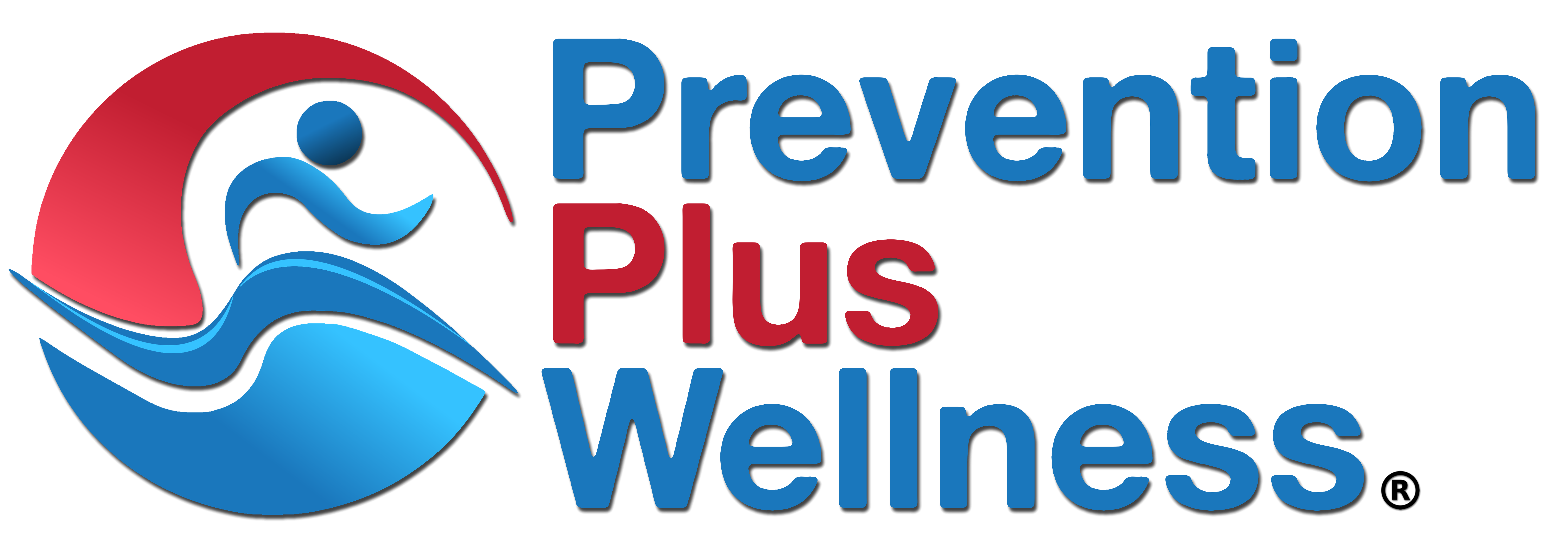This paper highlights positive youth development (PYD) concepts and programs for simultaneously preventing substance use and promoting healthy lifestyles. The purpose of this paper is threefold:
- Describe basic PYD facts, principals, and evidence for effectiveness.
- List three organizations using PYD to improve youth health.
- Explore SPORT Prevention Plus Wellness as an evidence-based PYD substance use prevention program.
Positive youth development (PYD) has its origins in prevention. Historically, prevention has typically focused on single problems, such as alcohol or marijuana use, suicide, or obesity.
PYD evolved into promoting asset building, resiliency, and protective factors, rather than focusing exclusively on risk factors. It includes promoting a strong sense of self, self-esteem, and future aspirations among youth. PYD also targets engagement in school and community activities. (Youth.gov: https://youth.gov/youth-topics/positive-youth-development).
Selected key principals of PYD include:
- It’s an intentional process to promote protective factors.
- Complements efforts to prevent risky behaviors.
- Develops or strengthens assets promoting growth.
- Prepares youth for a healthy, happy, and safe adulthood.
- Engages youth as change agents.
- Instills leadership qualities through activities.
- Involves civic engagement.
Thus, positive youth development experiences and programs build on the strengths of youth and recognize their risk factors within a dynamic environment (https://youth.gov/youth-topics/key-principles-positive-youth-development).
Research shows that young people who are provided a variety of positive activities and opportunities engage in less risky behavior and ultimately show evidence of higher rates of successful transitions into adulthood. The available evidence suggests that PYD programs can prevent a variety of risk behaviors among young people and improve social and emotional outcomes.
For example, studies evaluating programs with PYD components targeting social and emotional learning, sexual and reproductive health, chronic disease, 4-H programs, and mentoring can lead to better health, and social and educational outcomes among youth (https://youth.gov/youth-topics/effectiveness-positive-youth-development-programs).
According to the National Alliance for Secondary Schools and Transition (NASST), youth development is a process that prepares a young person to meet the challenges of adolescence and adulthood and achieve his or her full potential.
Youth development is promoted through activities and experiences that help youth develop social, ethical, emotional, physical, and cognitive competencies.
NASST believes that youth leadership is part of the youth development process and supports the young person in developing the ability to:
- Analyze his or her own strengths and weaknesses, set personal and vocational goals, and have the self-esteem, confidence, motivation, and abilities to carry them out; and
- Guide or direct others on a course of action, influence the opinions and behaviors of others, and serve as a role model.
According to NASST, conditions that promote healthy youth development are supported through programs and activities in schools and communities. Youth development researchers and practitioners emphasize that effective programs and interventions recognize youths’ strengths and seek to promote positive development rather than addressing risks in isolation (http://nasetalliance.org/youthdev/).
Positive youth development is widely seen as a key component of US education policy and funding through the Nita M. Lowey 21st Century Community Learning Centers (https://oese.ed.gov/offices/office-of-formula-grants/school-support-and-accountability/21st-century-community-learning-centers/), work with court-involved youth by the Coalition for Juvenile Justice (https://www.juvjustice.org/our-work/safety-opportunity-and-success-project/issue-areas/positive-youth-development) and addressing family issues through the Family and Youth Services Bureau (https://www.acf.hhs.gov/fysb/positive-youth-development).
PYD programs promoting health outcomes are found in various organizations, such as Boys & Girls Clubs, 4-H, and the YMCA.
For example, Boys & Girls Clubs emphasize health and wellness, sports and recreation, and character and leadership development (https://www.bgca.org/programs).
The 4-H’s Healthy Living Program addresses substance abuse prevention and mental health, fitness, nutrition and safety, and leadership skills (https://4-h.org/parents/healthy-living/).
Meanwhile, the YMCA targets youth development, healthy living, and social responsibility (https://www.ymca.org/what-we-do).
At least a couple of evidence-based programs use positive youth development elements to effectively prevent substance use, including PROSPER (Promoting School-Community-University Partnerships to Enhance Resilience) and SPORT Prevention Plus Wellness (PPW).
While PROSPER is more of a systems-level approaching using university-community teams to implement evidence-based programs to prevent youth substance use, SPORT PPW is a brief intervention designed to prevent youth substance use and promote protective healthy behaviors and positive self-image through health behavior screening, feedback and goal setting (https://cdn.shopify.com/s/files/1/1117/8352/files/3_Step_PPW_Model_1f651a43-3d91-45ad-b5f2-6186a180d9bb.pdf?v=1658439147).
The three goals of using SPORT PPW as PYD include:
- Prevent alcohol and drug use and promote physical and mental health-promoting habits, self-regulation skills and positive identities by participating in the SPORT PPW program.
- Promote leadership and service skills and hands-on experiences by training youth to tailor, plan and provide the SPORT PPW program lesson to same or younger-aged peers.
- Achieve athletic, educational and career success by improving wellness behaviors, avoiding risk behaviors, and promoting positive identities and goal setting skills through receiving and presenting the SPORT PPW program.
The five C’s of positive youth development, or the developmental outcomes of PYD include competence, confidence, connection, character, and caring or compassion.
Through participating in the brief SPORT Prevention Plus Wellness program, the five C’s can be cost-effectively enhanced in the following manner:
- Competence: Self-regulation skills to set, monitor and achieve a wide variety of health behavior goals that protect and promote wellbeing and success in athletics, academics and life.
- Confidence: Self-efficacy to set and achieve goals, including a positive wellness-focused identity, and learn to aspire to a desired future self.
- Connection: Positive bonds from interacting in a self-development experience with another adult or youth as well as parents or guardians.
- Character: Leadership skills to implement the SPORT PPW program to peers.
- Caring or Compassion: A sense of sympathy and empathy for others when providing the SPORT PPW program to peers.
In conclusion, positive youth development aims to increase youth assets and protective factors leading to healthy lives and self-esteem. Three examples of organizations using PYD for improving health include Boys & Girls Clubs, the 4-H and YMCAs.
There are at least a few evidence-based PYD programs that have demonstrated to effectively prevent substance use, including PROSPER and SPORT Prevention Plus Wellness.
SPORT PPW cost-effectively integrates healthy behavior promotion and risk behavior prevention, positive identity formation, development of self-regulation skills, and enhancement of the 5 C’s of PYD.

